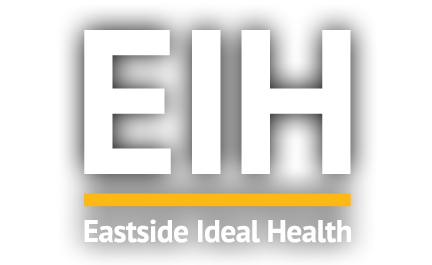After a car accident, many individuals experience various types of injuries, and one common issue that may arise is poor posture. The impact of a collision can cause significant damage to the musculoskeletal system, leading to pain and discomfort. It is crucial to address and improve posture following a car accident to prevent long-term consequences and promote overall well-being.
The Importance of Posture
Proper posture plays a vital role in maintaining a healthy body and reducing the risk of injuries. Good posture aligns the body’s structures, allowing for efficient movement, optimal organ function, and a balanced distribution of weight. However, after a car accident, the body may experience misalignments, muscle imbalances, and weakened supporting muscles, all of which can lead to poor posture.
Poor posture can cause a variety of health issues, including:
- Back pain
- Neck pain
- Headaches
- Muscle stiffness and tension
- Reduced range of motion
- Decreased lung capacity
- Digestive problems
- Decreased energy levels
Fortunately, there are effective strategies and therapies available to improve posture and alleviate the symptoms caused by a car accident. Chiropractic care is one such approach that focuses on treating musculoskeletal disorders, including postural issues, by realigning the spine and restoring balance in the body.
Chiropractic Care for Post-Accident Posture Improvement
Chiropractors are trained healthcare professionals who specialize in diagnosing and treating conditions related to the musculoskeletal system. They use manual adjustments and other non-invasive techniques to correct misalignments, relieve pain, and improve overall posture.
Here are some ways chiropractic care can help improve posture after a car accident:
- Spinal Adjustments: Chiropractors employ spinal adjustments to realign the vertebrae in the spine. By doing so, they can restore proper vertebral alignment, reduce nerve interference, and alleviate postural issues.
- Soft Tissue Manipulation: In addition to spinal adjustments, chiropractors use soft tissue manipulation techniques such as massage, stretching, and myofascial release to relax tense muscles, improve flexibility, and enhance posture. These techniques also help in reducing pain and inflammation.
- Postural Exercises: Chiropractors provide personalized exercise programs that target the specific muscles and areas affected by the car accident. These exercises help strengthen weak muscles, improve flexibility, and encourage proper alignment.
- Ergonomic Recommendations: Chiropractors can provide guidance on ergonomics, including proper workplace setup, ergonomic furniture, and correct techniques for lifting heavy objects. These recommendations can help individuals maintain good posture throughout their daily activities.
It is important to note that chiropractic care should be tailored to an individual’s specific needs and may be combined with other treatments, such as physical therapy, to achieve optimal results.
In addition to seeking chiropractic care, there are some steps individuals can take on their own to improve their posture after a car accident:
Self-Care and Corrective Exercises
1. Stretching: Incorporate regular stretching exercises into your daily routine to promote flexibility and relieve muscle tension. Focus on stretching the neck, shoulders, chest, and back muscles.
2. Strengthening Exercises: Perform exercises that target the core muscles, back muscles, and the muscles supporting correct posture. Strengthening these muscles can help maintain proper alignment and support the spine.
3. Posture Awareness: Be conscious of your posture throughout the day. Avoid slouching or hunching over, and make an effort to sit and stand tall with your shoulders back and your head aligned with your spine.
4. Take Breaks: If you have a job that requires prolonged sitting or standing, take regular breaks to stretch, walk around, and change your position. This can help prevent muscle stiffness and discomfort.
5. Ergonomic Support: Use ergonomic accessories, such as lumbar support pillows or standing desks, to maintain proper alignment while working or performing daily tasks.
By combining these self-care practices with chiropractic treatment, individuals can effectively improve their posture and reduce the long-term consequences of a car accident-related injury.
In conclusion, addressing and improving posture after a car accident is essential for reducing pain, preventing future complications, and promoting overall well-being. Chiropractic care, along with self-care practices, can play a significant role in realigning the spine, strengthening supporting muscles, and restoring proper posture. If you have experienced a car accident and are dealing with postural issues, it is recommended to consult with a chiropractor who can provide a personalized treatment plan to address your specific needs.
For professional help with post-accident posture improvement and chiropractic care, visit Eastside Ideal Health and schedule a consultation with a knowledgeable and experienced chiropractor.

